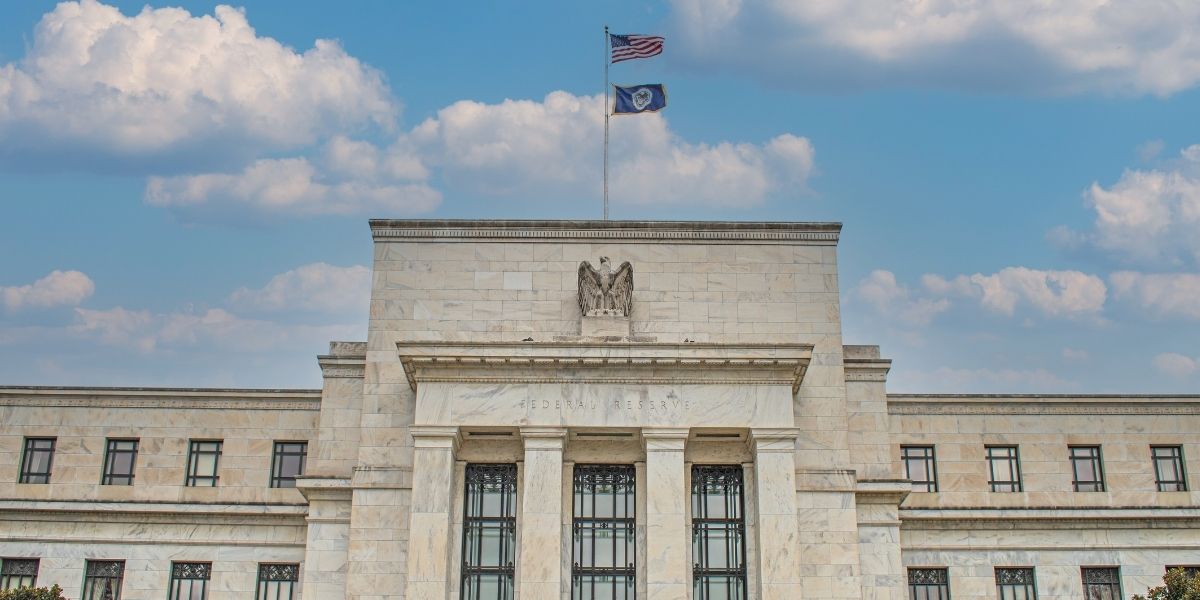Since February, approximately $500 billion in additional liquidity has surged into the system due to the depletion of the funds in the U.S. Treasury General Account (TGA). The debt ceiling constraint has prevented the Treasury from issuing new bonds, leading it to finance expenditures from the TGA. This has injected cash into the system in a manner akin to quantitative easing (QE). However, equity and cryptocurrency markets have not responded as anticipated to this cash infusion.
The Continuous Surge of Liquidity
The $500 billion liquidity added to the system has bolstered bank reserves. Simply put, while the funds in the TGA decreased, the coffers of commercial banks expanded. In theory, this scenario should have driven up the prices of risky assets, yet that has not occurred as investors remain cautious.

Geopolitical tensions, inflation concerns, and uncertain U.S. economic policies are undermining confidence in riskier markets, causing volatility in the prices of risky assets. These factors collectively keep investors wary despite the increased liquidity.
Future Predictions and Highlighted Risks for Liquidity
By mid-June, corporations’ quarterly tax payments are expected to refill the TGA. Combined with reverse repo mechanisms, this could result in a temporary liquidity surge. Despite this, transient liquidity declines might occur during this period. If the debt ceiling agreement is reached subsequently, Treasury accounts will rapidly replenish, and new bond issuance will siphon off liquidity, potentially putting pressure on asset prices.
Adding to this is the looming “X-date,” marking when the government’s cash reserves may deplete. Analysts anticipate this could happen by August. If the U.S. Congress does not raise the debt ceiling by mid-July, it could trigger a liquidity crisis.
The economic calendar further complicates matters for the market. With taxes and repo transactions, the liquidity flow becomes erratic. However, the fundamental trend is upward as the TGA depletes, enhancing liquidity. Post-agreement, a directional change is expected. Experts advise investors to manage balanced portfolios during this period.

 Türkçe
Türkçe Español
Español









